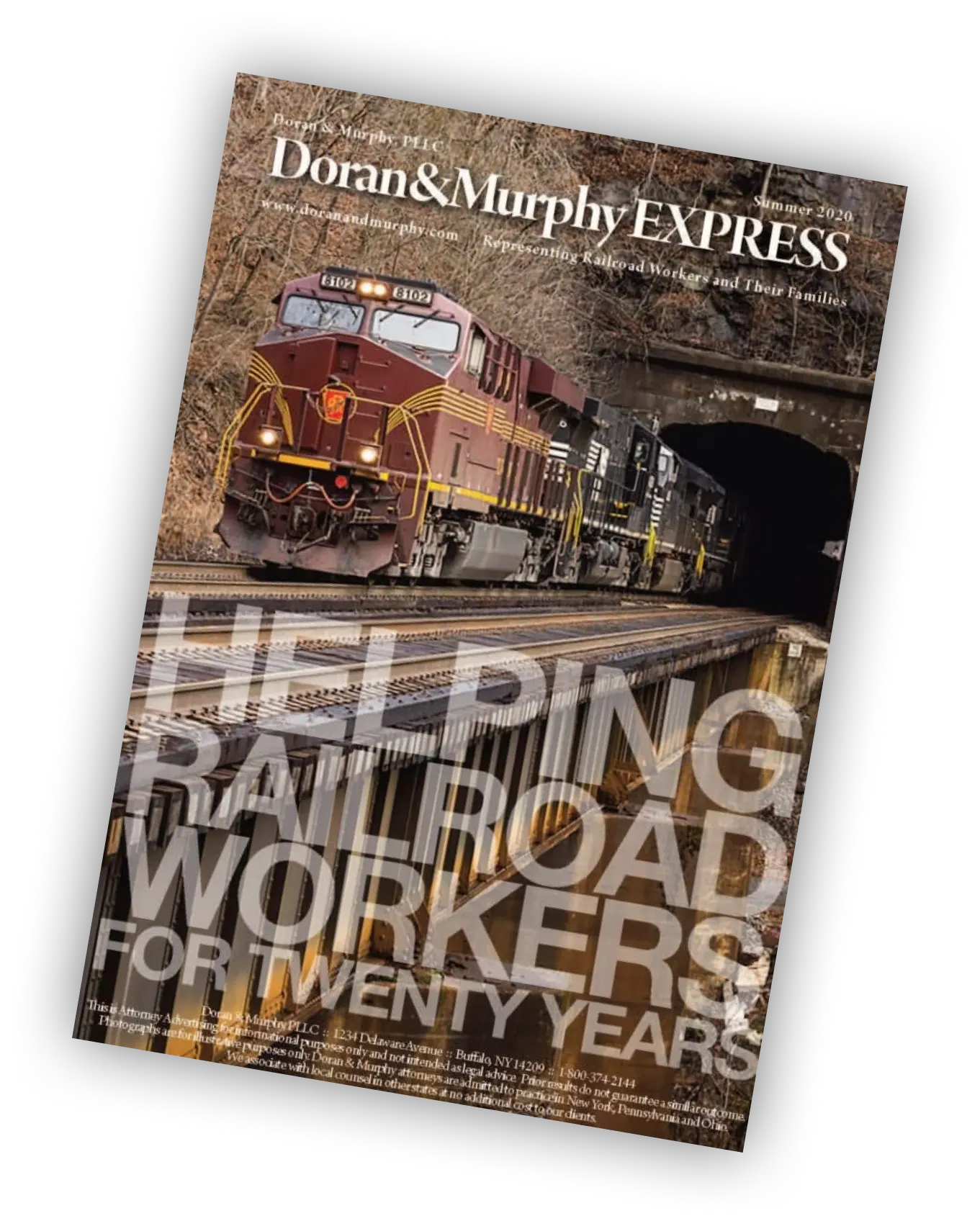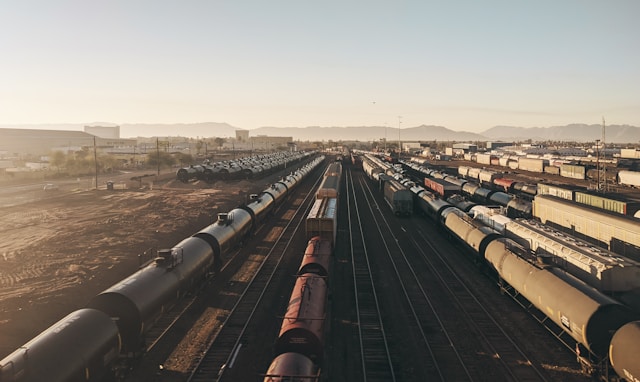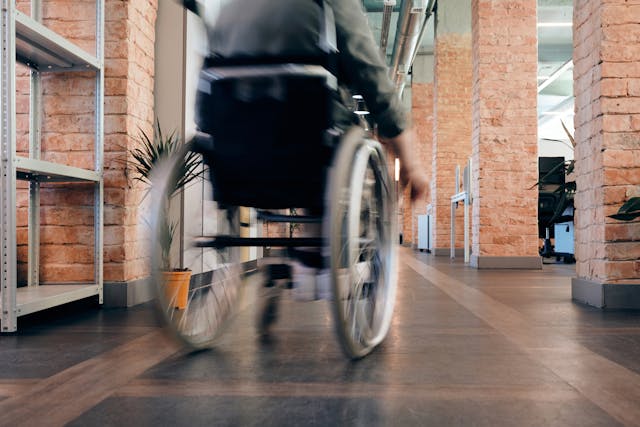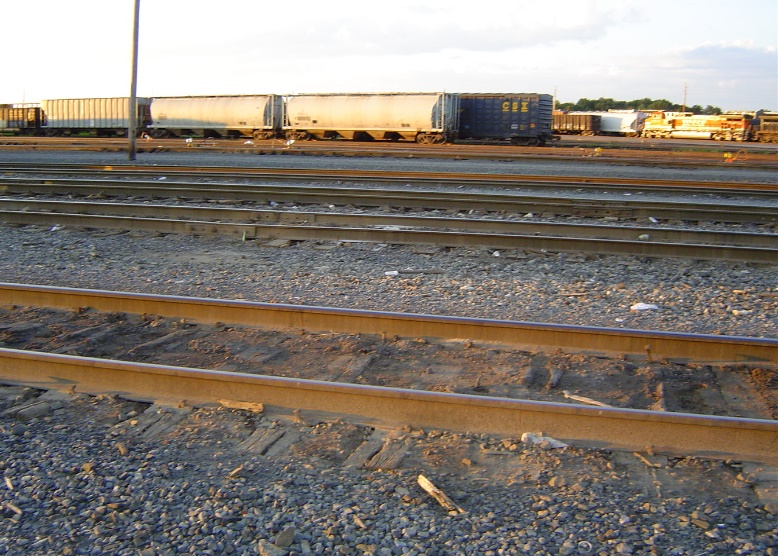
Railroad workers who are injured at work must show that the railroad was negligent, and the negligence caused the worker’s injury, at least in part. This is much different from traditional workers’ compensation, where a worker who is injured at work is very likely to recover a portion of their lost wages and have their medical expenses covered.
Generally, negligence is when a railroad does something it shouldn’t, or doesn’t do something that it should. There are many ways that a railroad might be negligent and cause a worker’s injury, but here are a few examples:
- Requiring workers to lift and carry objects that are too heavy or awkward, without providing sufficient manpower or assistive devices;
- Not training the worker who is injured or their coworkers;
- Having outdated equipment that breaks;
- Failing to keep walkways clear of obstructions or ballast at proper levels and free of debris;
- Not keeping locomotives properly maintained due to budget restraints or requirements for productivity on the employees who inspect for defects;
- Exposing workers to toxic substances without warning or protective equipment;
- Allowing close clearances in areas where workers are riding moving equipment;
- Failing to address wear and tear, resulting in defective or broken equipment such as grab irons, ladders, couplers, sill steps or tools.
The burden of proof is on the injured worker to prove that the railroad was negligent, and that the negligence caused their injury – at least in part. Many railroads have injury reporting forms that immediately ask injured railroad workers if there was any negligence on the part of the railroad, or if the worker was provided a “reasonably safe place to work.” The railroad will then try to use those answers against an injured worker who doesn’t understand the importance of showing negligence.
If you are a railroad worker who has been injured at work, call our office to have a free, initial consultation with a lawyer.





